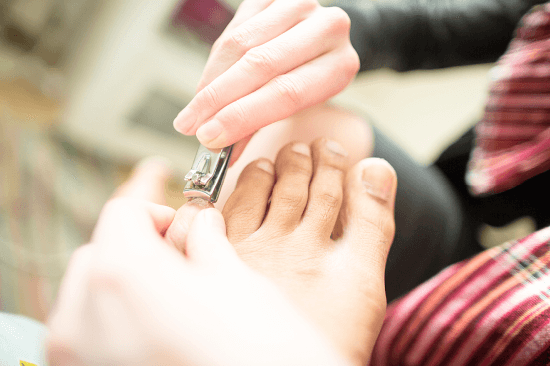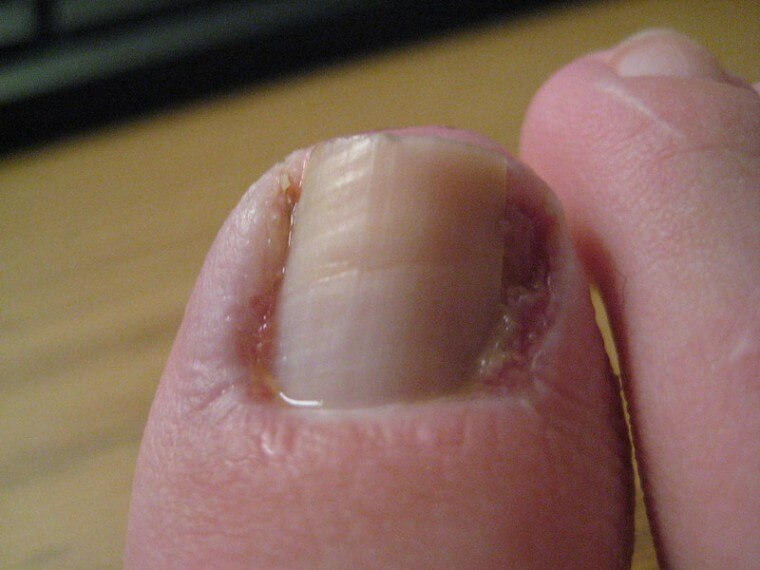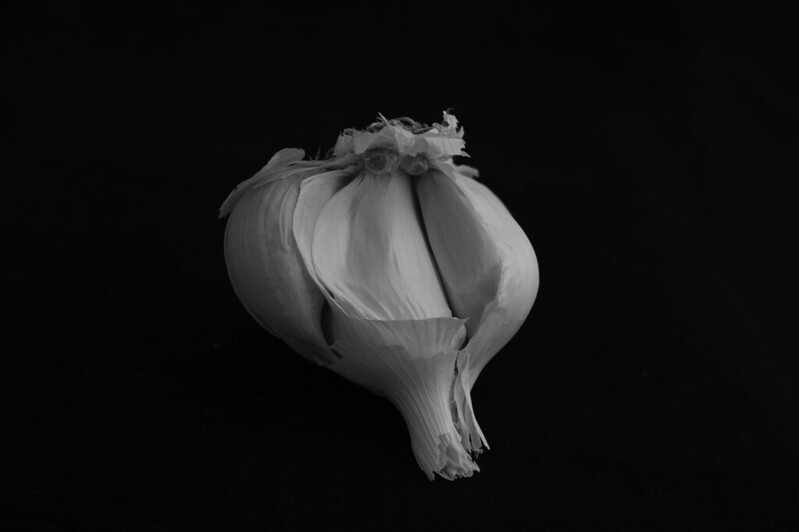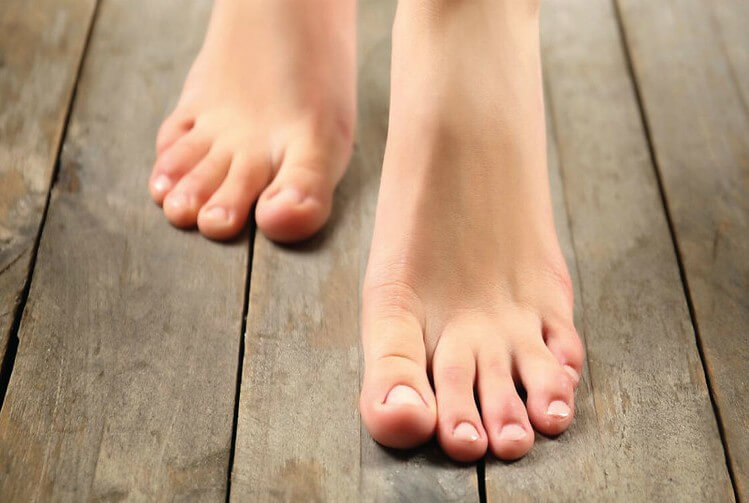How to cure ingrown toenails with natural remedies
The ingrown toenails appear when a fingernail is incarnated. The nail bends, usually at the edges, and causes irritation, redness, pain, swelling and, in some cases, skin infection.
Although ingrown toenails are more frequent, they can appear on the rest of the toes and hands. The most common cause of the nail is to cut the nails incorrectly (too short). In the case of ingrown toenail, another frequent cause is excessive sweating and the use of shoes too tight or small. What to do to eliminate ingrown toenails?
In most cases, the problem can be solved at home, but when complications arise, it is good to check the situation with your doctor or a dermatologist. The risks increase in the case of diabetes or other diseases that can affect microcirculation.
Table of Contents
How to cure ingrown toenails naturally
Here we mention some of the most common remedies that have been proven to be very effective against ingrown toenails. Remember that prevention is always better than cure. Read this article carefully to learn how to treat this type of condition if it occurs.
Natural cures remedies
When the symptoms of the nail are light we can resort to natural remedies. The simplest, dip your finger in hot water 15 minutes several times a day. If the cuff does not improve, and infection appears, consult your doctor as it may be necessary to apply an antibiotic ointment.
Thyme for Nail
Thyme has anti-inflammatory effect and relieves infection and pain of the nail. As simple as preparing an infusion of thyme (add 2 tablespoons per cup of water) and immerse the finger of the nail for 10 minutes in the warm infusion. Repeat 3 times a day.
Lemon and salt for nail
Lemon and salt are good for inflamed red nail and to prevent infection. One of the most well-known remedies and it stings a little. We divide a lemon, and add a pinch of salt in one of the two halves, and then we put the finger for about 20-25 minutes. Do once a day until the cuff disappears.
Garlic for ingrown toenails
Garlic is one of the key ingredients of grandmother’s remedies to remove toenails. With half garlic clove, peeled and clean, rub it over the affected area, another way is to cut and crush a garlic clove and put it on top of the affected area and then bandage it. Let it rest for about 30 minutes and then remove it.
Tea Tree Oil
Tea tree oil is used by adding a few drops in hot water and dipping the finger with the toenail for about 20 minutes. Do twice daily to reduce pain and infection.
Onion for the toenail
Onion is a natural antibiotic and anti-inflammatory. Cook an onion, crush and put in a gauze that will then apply over the finger with the nail. Cover with a bandage and leave for 2 hours.
Egg white for toenail
The beaten egg whites applied directly on the area of the skin affected by the toenail is a remedy that helps reduce the annoying symptoms.
Hydrogen peroxide
Hydrogen peroxide can be of great help in softening the skin around the ingrown toenail. In addition, thanks to its great antiseptic and analgesic effect, it can help you prevent infected buried nail and relieve pain. To get its benefits, mix half a cup of hydrogen peroxide with a cup of water and soak your foot with the ingrown toenail in it for 20 minutes.
Apple cider vinegar
Apple cider vinegar is well known for its excellent antiseptic and anti-inflammatory qualities. It will help you prevent infection and soothe puffy skin.
- Soak a cotton ball in apple cider vinegar.
- Cover the finger and the cotton ball with a bandage and keep it that way for a couple of hours.
- Dry the area completely after the above.
Make a turmeric paste
The paste made with turmeric has anti-inflammatory and pain relieving qualities, so it will reduce the swelling and pain of the ingrown toenail.
- Mix 1/2 teaspoon of turmeric powder with 1/2 tablespoon of mustard oil.
- Cover the affected toe with the paste and apply a bandage over it.
- Let the pasta rest for an hour.
- Repeat the procedure 2-3 times a day.
Tips for avoiding ingrown toenails
- Nails must be cut straight. It should not be cut into an oval shape, as this can curve and embed itself into the skin on the sides. It is recommended to leave the outer edges parallel to the skin and the nail is slightly above the fingertips to prevent it from growing by digging into the skin. Always use a clean nail clipper.
- Wear suitable shoes. Wearing the wrong footwear can cause ingrown toenails by not allowing the toes to have adequate clearance. It is recommended not to wear shoes with toes that are very narrow, or high heels.
- Wear open shoes or sandals whenever possible. When being at home it is good not to wear closed shoes, this helps the feet breathe and the toes have room to move and thus avoid the appearance of buried nails or help in their recovery.
- Keep your feet always dry, with proper hygiene and do not tear or pick at the nails with your fingers.
- To walk without shoes. Being at home, it can be good to go barefoot, this allows air to circulate and thus reduce or prevent the growth of bacteria on the affected nail.
- Be careful not to trip or hit the finger (either for work or sports). This can cause the nail to grow inward.
- Growth defects. In some cases they are caused by a growth defect in that area of the skin or fingers. This requires special care and go to a specialist to correct this problem.
- Local antibiotic for pain. To relieve pain, in pharmacies it can be found in ointment, gel or cream. You can also consult your doctor to prescribe some type of pain reliever.
- Consult with the doctor. If it does not improve or you have chronic health problems such as diabetes or another condition that may affect circulation or you have a fever.



